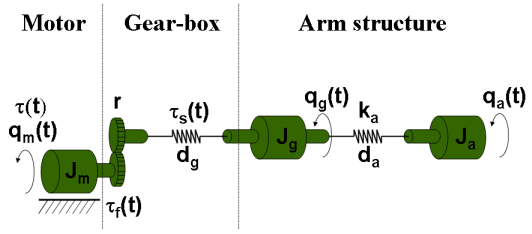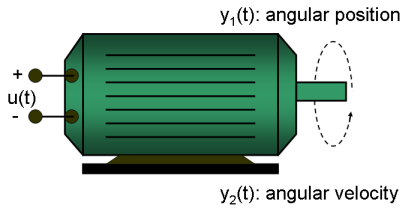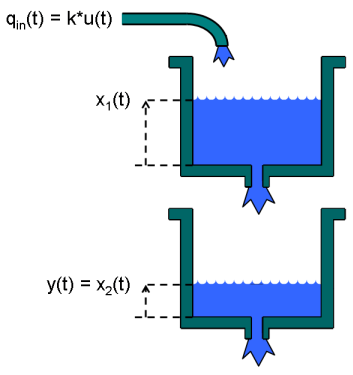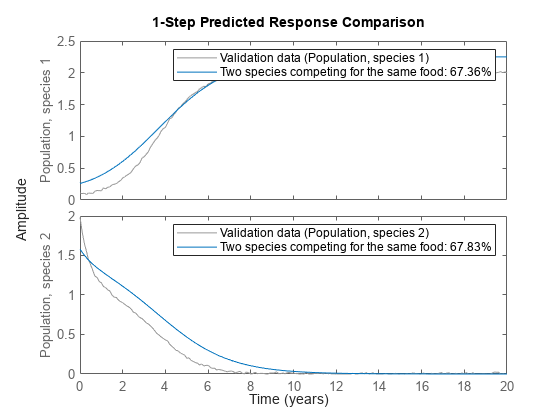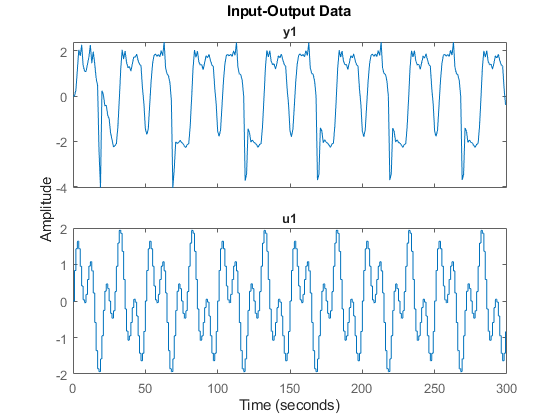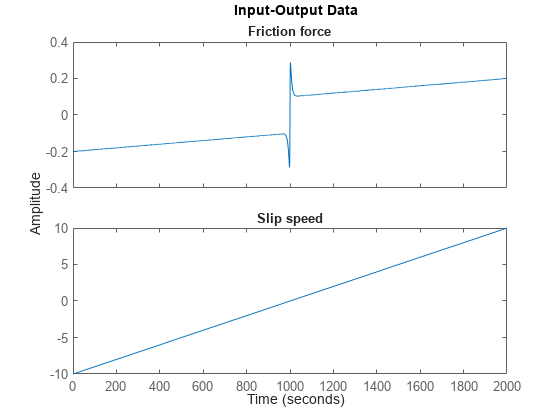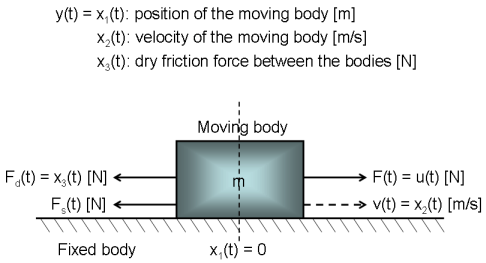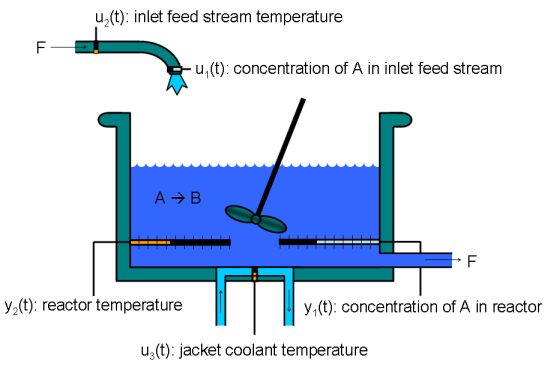非线性灰盒模型
估计非线性微分方程、差分方程和状态空间方程的系数
如果您了解系统的物理特性,并且可以使用具有未知参数的常微分方程或差分方程 (ODE) 来表示系统,则可以使用 System Identification Toolbox™ 命令执行灰盒建模。灰盒模型 ODE 明确指定模型的数学结构,包括参数之间的耦合。当您了解变量之间的关系、模型行为的约束或表示系统动态特性的显式方程时,灰盒建模是很有用的。
您可以使用 idnlgrey 对象表示非线性灰盒模型,这需要您编写一个函数将动态特性描述为一组一阶微分方程。有关详细信息,请参阅Estimate Nonlinear Grey-Box Models。
函数
主题
- Linear and Nonlinear Grey-Box Modeling
If you understand the physics of your system, you can estimate linear or nonlinear grey-box models.
- Estimate Nonlinear Grey-Box Models
How to define and estimate nonlinear grey-box models at the command line.
- Creating IDNLGREY Model Files
This example shows how to write ODE files for nonlinear grey-box models as MATLAB® and C MEX files.
- Estimate Coefficients of ODEs to Fit Given Solution
Estimate model parameters using linear and nonlinear grey-box modeling.


